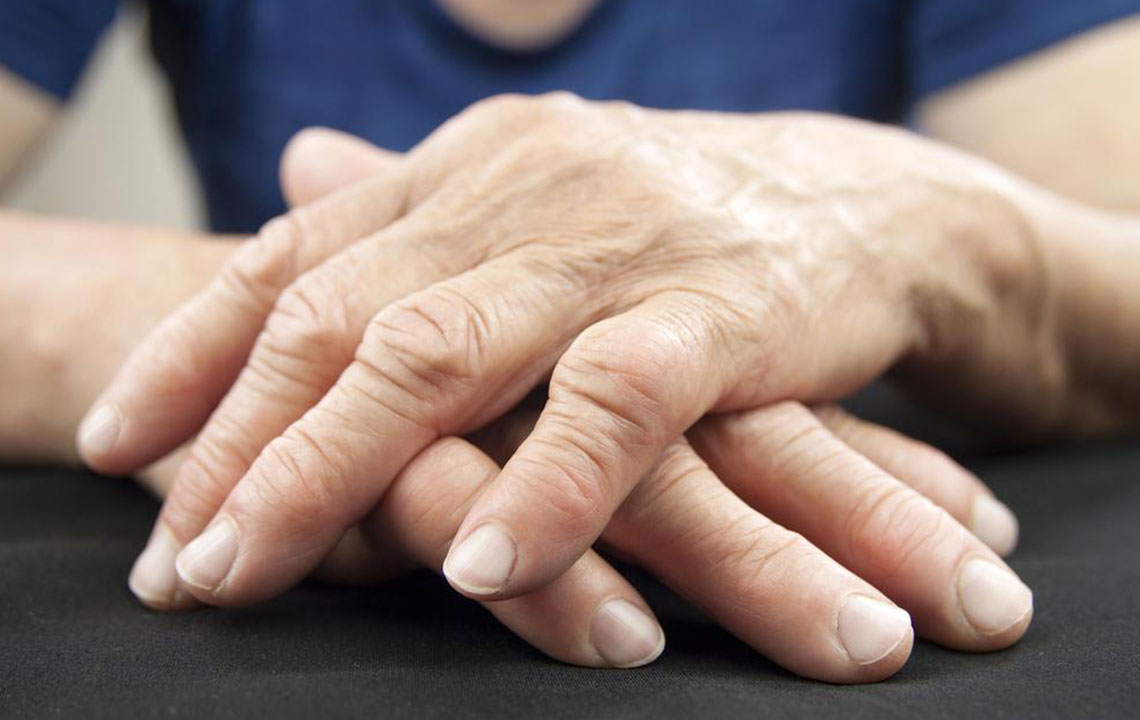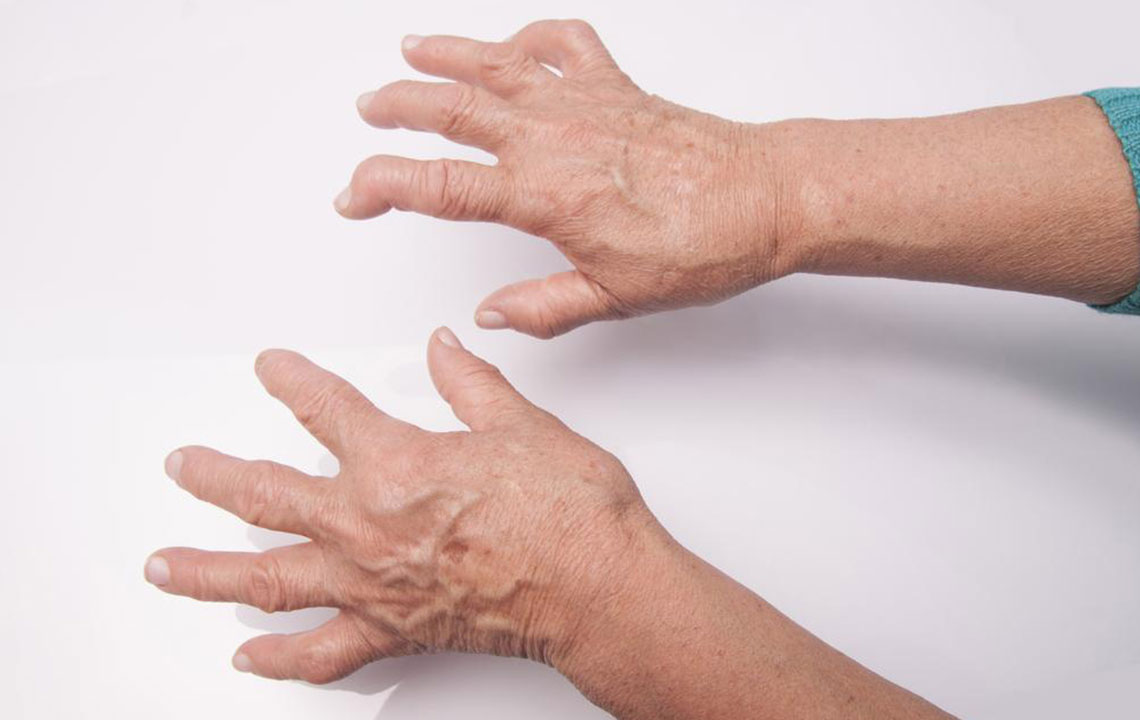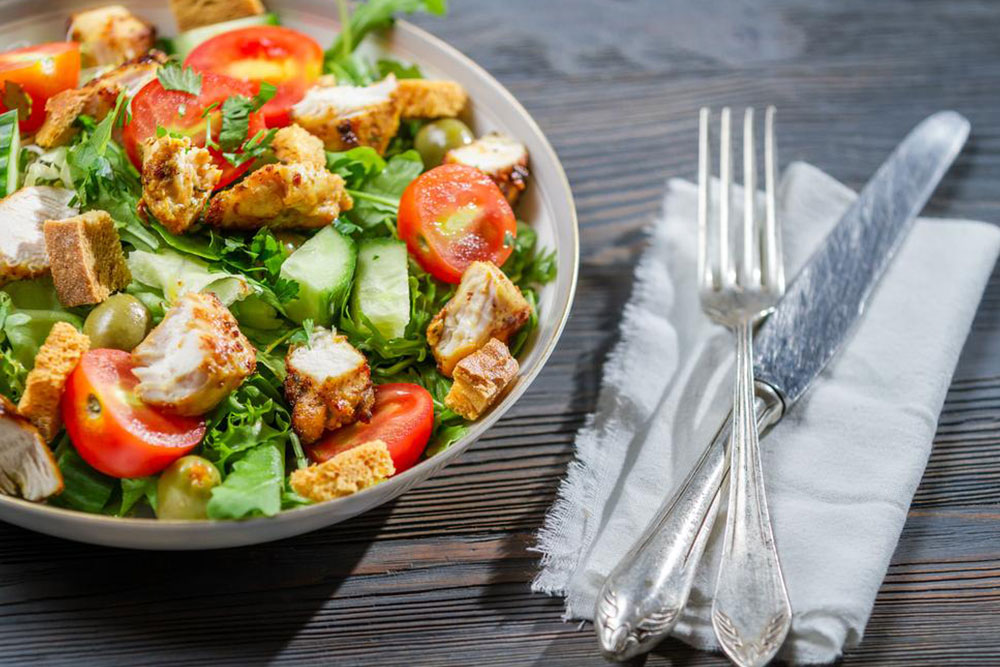Effective Strategies for Managing Psoriatic Arthritis Symptoms
Discover effective, natural strategies to manage psoriatic arthritis symptoms through herbal remedies, diet, and lifestyle changes. Incorporate anti-inflammatory herbs like ginger, turmeric, and garlic, and maintain an active, healthy lifestyle to reduce joint pain and enhance mobility. Always consult your healthcare provider before starting new treatments to ensure safety and effectiveness.

Effective Strategies for Managing Psoriatic Arthritis Symptoms
Psoriasis is a chronic autoimmune skin disorder characterized by inflamed, scaly red patches. When it progresses, it can develop into psoriatic arthritis, impacting joints and causing significant discomfort. If left untreated, this condition may lead to joint deformities and mobility issues. While its exact cause remains unknown, factors such as genetics, immune system overactivity, diet, hormonal shifts, stress, and digestive health are believed to contribute.
Fortunately, there are natural remedies and lifestyle adjustments that can help alleviate symptoms. Incorporating certain herbs, spices, and foods into your diet, alongside appropriate medical care, can provide significant relief. Top herbal options include celery seeds, ginger, turmeric, chili (capsaicin), and garlic, each offering anti-inflammatory and pain-relief benefits. For example, celery seeds possess anti-inflammatory and antispasmodic properties, making them helpful in managing inflammation and muscle spasms. Ginger and turmeric contain compounds that inhibit inflammation pathways, reducing joint pain. Chili’s capsaicin helps numb pain receptors, while garlic’s sulfur compounds lower inflammatory enzymes and protect cartilage. It's recommended to consult a healthcare professional before starting any herbal regimen.
In addition to herbal remedies, maintaining a healthy diet and regular exercise routine is crucial. Staying active keeps joints flexible, builds muscle strength, and alleviates joint strain. Weight management further reduces pressure on affected joints, enhancing overall comfort. Combining a nutritious diet with physical activity promotes better outcomes during treatment and recovery. Post-treatment, physical therapy and mental health support contribute to long-term management of the condition.






